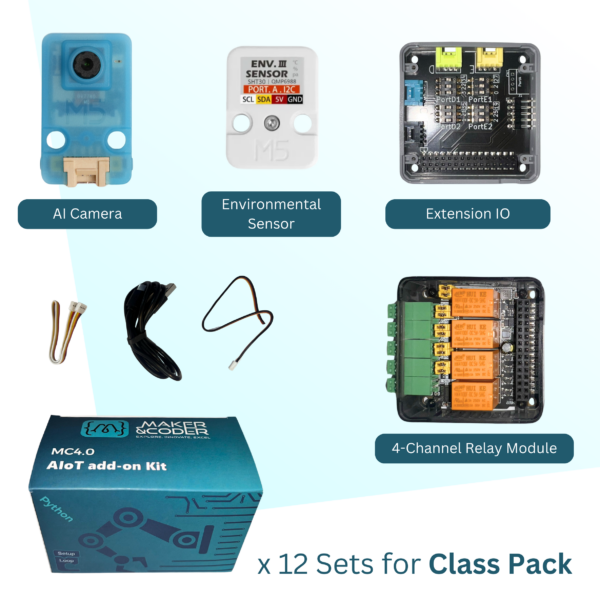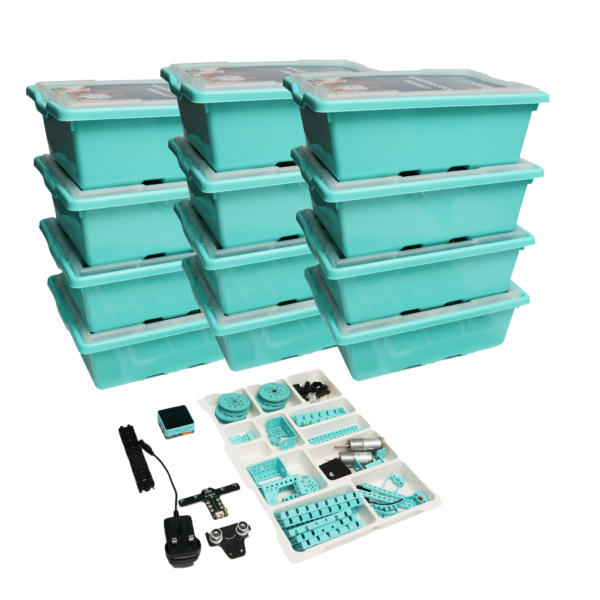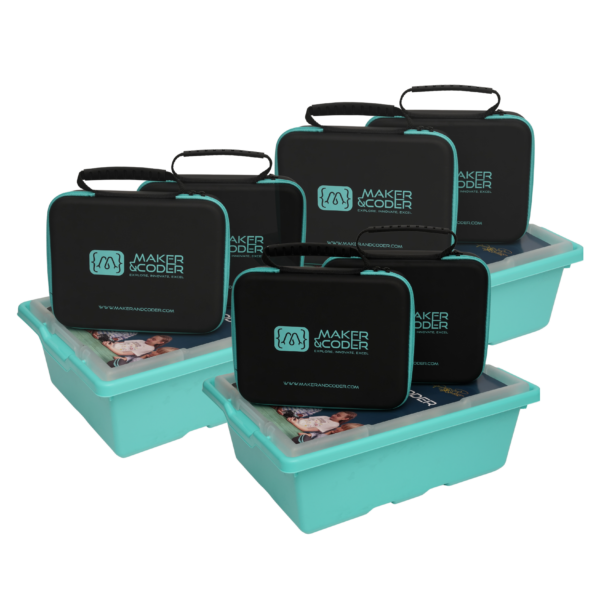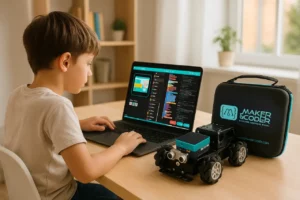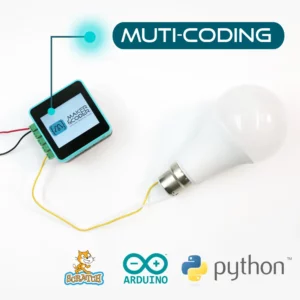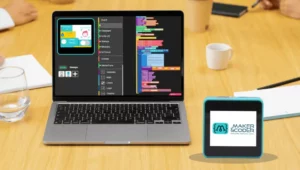Embarking on a robotics innovation journey in Kuwait and Bahrain is like diving into a sea of endless possibilities. Whether you’re a seasoned engineer or a curious hobbyist, the right tools can transform your visionary ideas into tangible, robotic companions. Let’s explore the toolkit essentials that promise to ignite your projects with innovation and precision.
1. The Essential Microcontroller for Beginners
Stepping into the world of robotics, the heart of your creation begins with a microcontroller. Ideal for beginners in both Kuwait and Bahrain, Arduino offers a user-friendly platform littered with extensive resources and an active community. Its simplicity allows you to grasp programming fundamentals while offering enough complexity for intricate projects. Embrace the Arduino as your stepping stone into the vast ocean of robotics innovation, where the only limit is your imagination.
Beyond Arduino, enthusiasts might explore Raspberry Pi, a powerful computer that fits in the palm of your hand. It bridges the gap between computing and electronics, providing a playground for those looking to delve deeper into robotics software. Its versatility and support for various programming languages make it a coveted tool among innovators in the Middle East, who are pushing the boundaries of what personal computing devices can achieve in robotics.
2. Soldering Stations: Welding Your Dreams
The foundation of every durable robot is a strong physical connection between components. A quality soldering station is indispensable for assembling circuits with precision and strength. For enthusiasts in Kuwait and Bahrain, investing in a soldering station with adjustable temperature controls and a comfortable grip can substantially elevate the quality of your robotics projects. It’s not just about joining wires; it’s about welding your dreams into reality.
3. Sensor Kits: The Eyes and Ears of Your Robot
Your robot’s interaction with the world hinges on its sensors, the critical components that serve as its eyes and ears. From distance sensors that prevent collisions to temperature sensors that gauge environmental conditions, these kits are a treasure trove of possibilities. For the robotics enthusiast, a comprehensive sensor kit opens up a world of exploration, enabling your robot to navigate complex terrains and respond to the nuances of its surroundings.
4. Servo Motors: Bringing Movement to Your Creations
The essence of robotics lies in movement, and servo motors are the silent heroes that bring your creations to life. These motors provide precise control over the angle and direction of movement, making them ideal for robotic arms, legs, or any project requiring fine-tuned mechanical control. Exploring different sizes and types of servo motors can significantly enhance the versatility and capability of your robotic creation, allowing it to move with purpose and grace.
5. 3D Printers: Shaping Your Imagination
The advent of 3D printing technology has been a game-changer for robotics enthusiasts. With a 3D printer, custom parts for your robot are only a design away. This tool empowers innovators in Kuwait and Bahrain to experiment with unique geometries that would be challenging, if not impossible, to create by traditional means. Whether it’s a custom gear or an intricate body frame, a 3D printer is your gateway to customizing your robots in ways that were previously unimaginable.
6. Robotics Software: Coding Your Way to Innovation
At the core of every robot is the software that brings its hardware to life. From block-based programming environments like Scratch for beginners, to more advanced frameworks such as ROS (Robot Operating System), the choice of software can dramatically affect your robot’s capabilities. Embrace the challenge of learning new programming languages and platforms; it’s your dedication that will turn lines of code into paths toward innovation.
7. Wireless Communication Modules: The Unseen Connectors
The ability to communicate can transform an isolated robot into a networked device capable of responding to remote commands and interacting with other technologies. Incorporating wireless communication modules, such as Bluetooth or Wi-Fi shields, enables your creations to break free from the constraints of wires. Imagine the possibilities when your robot can be controlled from a smartphone or becomes part of the vast Internet of Things (IoT), opening a new realm of functionality and interactivity.
8. Breadboards and Prototyping Boards: Starting From the Basics
Before soldering your project into permanence, the breadboard allows for error-proof and flexible experimentation. This tool is imperative for anyone looking to test circuit designs or explore new ideas without the commitment of making permanent connections. Its reusability and convenience make it an essential item in any robotics innovator’s toolkit, encouraging experimentation and learning through trial and error.
9. The Power Supply: Energizing Your Projects
No robot can come to life without a reliable power source. Choosing the right power supply, whether it’s rechargeable batteries or power adapters, is crucial to the performance and autonomy of your robotic project. Understanding the power requirements of your creation ensures that it operates efficiently and safely, preventing the risk of damage to electronic components. The power supply is more than just an energy source; it’s the lifeblood that pumps vitality into your robotic creations.
10. Robot Chassis: The Foundation of Your Invention
Just as a strong foundation is vital for a building, a robust chassis is crucial for a robot. It serves as the structural base that houses all other components, including motors, sensors, and the brain of the robot. The design and material of the chassis impact the robot’s durability and functionality. Exploring different chassis designs can inspire innovative approaches to mobility and stability, laying the groundwork for truly unique robotic systems.
11. DIY Kits: Jumpstart Your Robotics Journey
For those just beginning their robotics adventure or looking for a new project, DIY kits offer a wonderful starting point. These kits come with step-by-step instructions and all the necessary components, providing a hands-on way to learn about robotics. They offer a peek into the mechanical and electronic principles that underpin more complex systems, making them an excellent educational tool for both children and adults interested in the field of robotics innovation.
12. Circuit Design Software: Visualizing Your Innovations
Before assembling the physical components of your robot, circuit design software allows you to meticulously plan and visualize your project. Programs like Eagle and KiCad empower you to design custom PCBs (Printed Circuit Boards), ensuring your electronic circuits are optimized for performance and space. Whether you’re a novice or a seasoned engineer, these tools refine your designs, making the journey from concept to creation smoother and more efficient.

